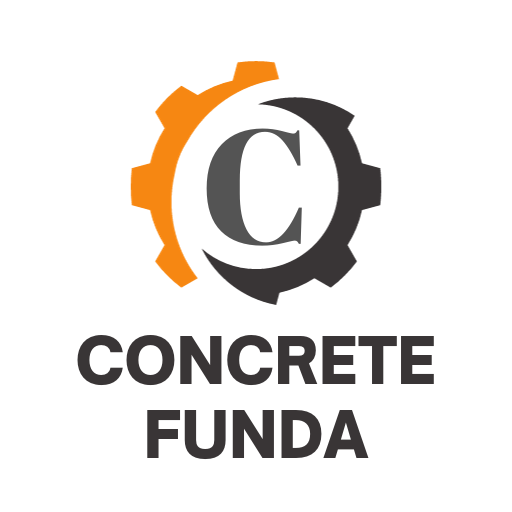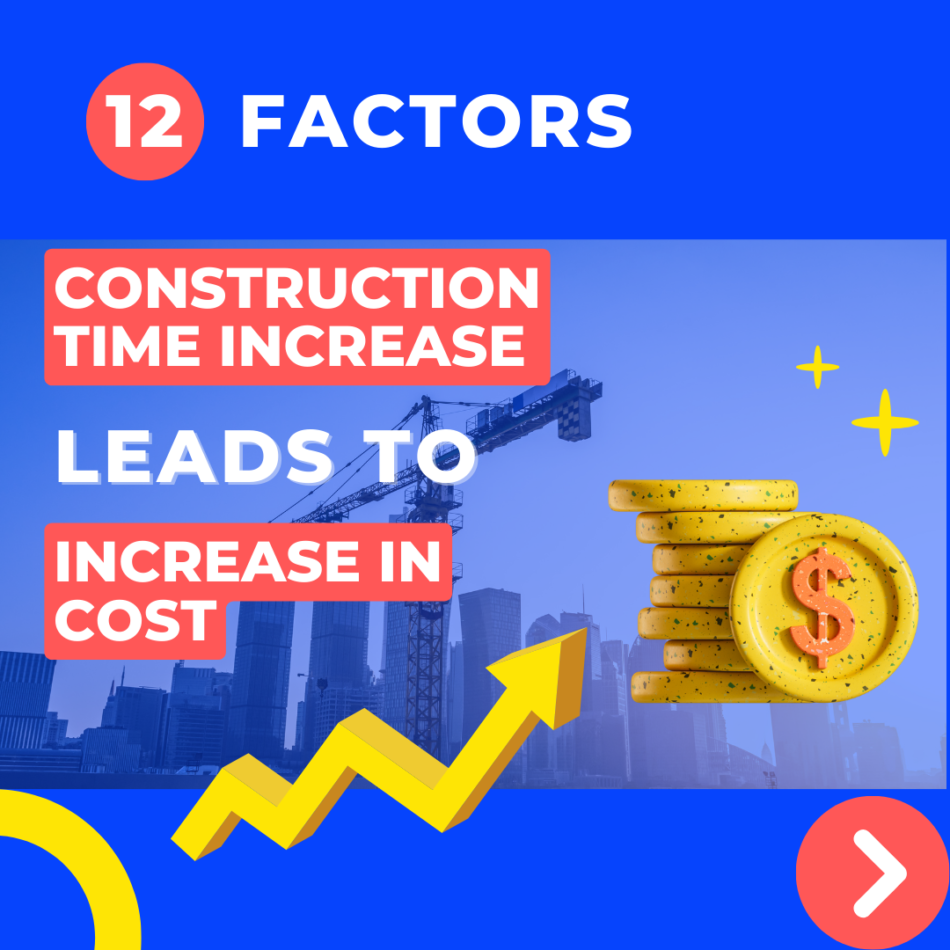Construction projects are complex undertakings that require precise planning, coordination, and execution. One of the critical determinants of a project’s success is the duration it takes to complete. While it’s a known fact that longer construction durations can mean higher costs, understanding why and how can help stakeholders make more informed decisions. In this article, we’ll delve into 12 factors that drive up costs with extended construction durations.
Escalation in Material Costs: The prices of construction materials can vary significantly over time. With prolonged durations, the chances of materials prices increasing become higher, leading to a spike in the overall project costs.
Labor Rate Increases: Just like material costs, labor rates can also increase over time. Union contracts, inflation, and changes in local labor markets can lead to higher wages. A project that takes longer to complete will likely be impacted by these wage hikes.
Extended Equipment Rental: Machinery and equipment rentals are often charged daily, weekly, or monthly. The longer a project takes, the more rental fees accumulate, especially if equipment is lying idle due to unforeseen delays.
Higher Overhead Costs: Extended project durations mean prolonged site overhead costs. These can include site offices, utilities, site security, and other recurring expenses. Over an extended period, these costs can add up significantly.
- Financing Costs: Many construction projects are financed through loans or credit facilities. Longer project durations mean extended periods of interest accumulation, increasing the total financial burden.
- Opportunity Costs: This can be particularly significant for developers and investors. The longer a project takes to complete, the longer it takes for it to start generating returns from it, leading to lost potential earnings.
- Increased Maintenance and Upkeep: As a construction project progresses, certain parts get completed before others. If the overall project gets delayed, the completed parts might need maintenance or even minor repairs before the entire project is delivered.
- Penalty Clauses: Many construction contracts include penalty clauses for delays. If a project doesn’t meet its milestones or completion dates, it might trigger these penalties, increasing the cost burden.
- Decreased Labor Productivity: The longer a project takes, the higher the chances of decreased morale and fatigue among the workforce. This can lead to decreased productivity, requiring more hours (and thus more costs) to achieve the same amount of work.
- Weather-Related Delays: Construction projects that span across seasons may face weather-related challenges. For instance, what starts as a summer project might extend into the winter, causing weather-related work stoppages and additional costs for weatherproofing.
- Change Orders: With extended durations, there’s a greater chance that project specifications or designs may need changes. These change orders can lead to additional work, materials, and costs.
- Market Dynamics and External Factors: Extended projects become more exposed to external market dynamics, such as regulatory changes, economic shifts, or even geopolitical events, which can introduce new costs or challenges.
Conclusion
Prolonged construction durations come with a plethora of associated risks and costs. While some of these factors might seem minor in isolation, cumulatively, they can lead to significant budget overruns. It’s essential for project managers, investors, and stakeholders to be aware of these risks and to plan proactively to mitigate them.
Understanding the factors that contribute to increased costs can pave the way for better project management practices. Effective planning, regular monitoring, and proactive problem-solving can significantly reduce the chances of extended durations and the associated cost implications.






